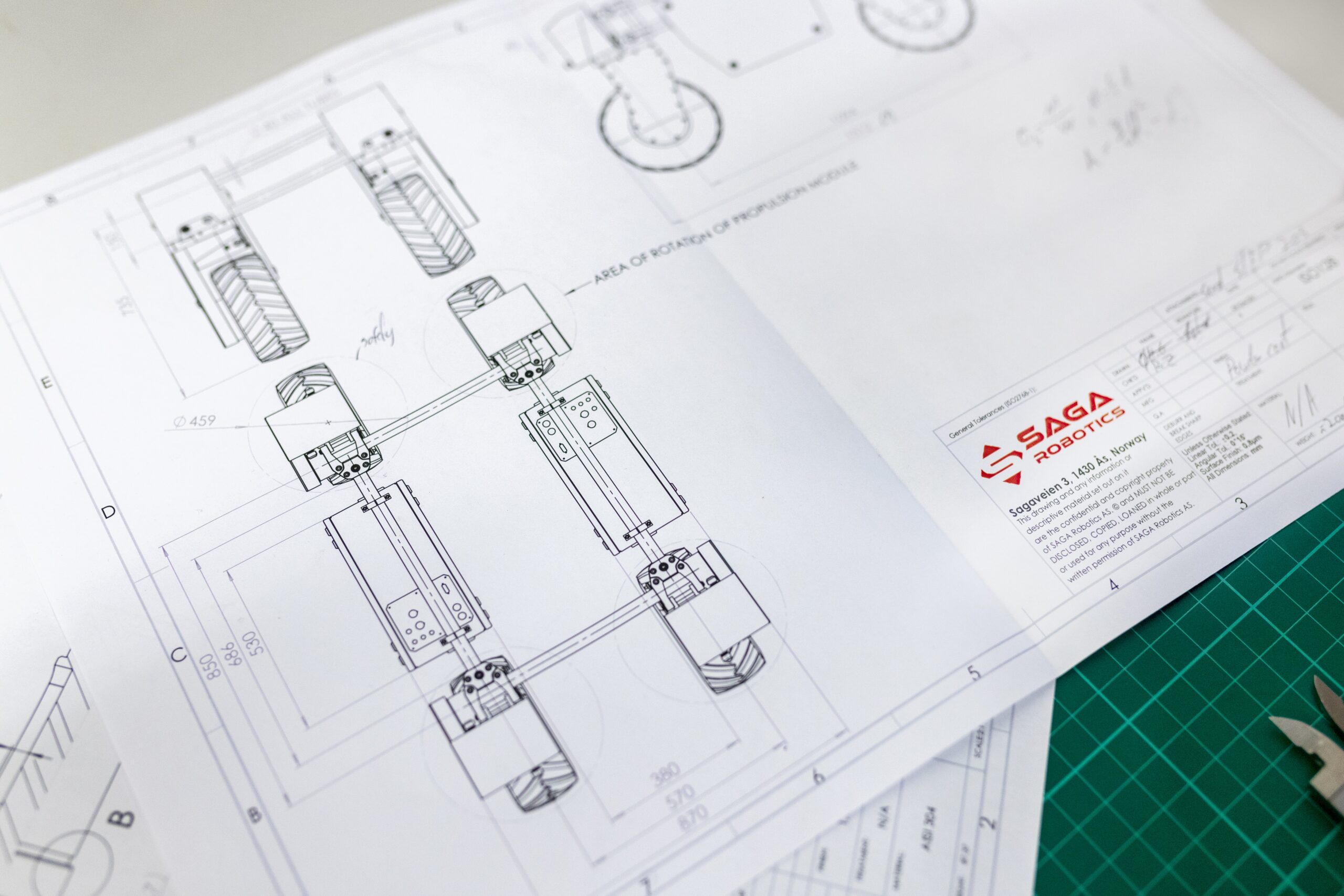Building scalable data pipelines is crucial in data engineering to efficiently process and transform large volumes of data. Scalable data pipelines enable organizations to handle the ever-increasing data demands and derive valuable insights for decision-making. This article focuses on best practices for building scalable data pipelines, providing guidance on architecture design, data processing techniques, and infrastructure considerations to ensure robust and efficient data engineering workflows.
I. Understanding Scalable Data Pipelines:

A. Definition and Importance:
Defining Scalable Data Pipelines:
Scalable data pipelines refer to the systems and processes that enable the efficient processing and transformation of large volumes of data while accommodating growth and increasing data demands. These pipelines are designed to handle data at scale, ensuring reliability, performance, and flexibility in data engineering workflows.
Importance of Scalable Data Pipelines:
Scalable data pipelines are essential for organizations dealing with massive amounts of data. They provide the ability to process data in a timely manner, support real-time or near-real-time analytics, and accommodate future data growth without sacrificing performance. Scalable pipelines are critical in enabling efficient data engineering practices and driving data-driven decision-making.
II. Best Practices for Building Scalable Data Pipelines:
A. Architecture Design:
Modular and Decoupled Components:
Design data pipelines with modular and decoupled components to ensure flexibility and maintainability. Break down the pipeline into smaller, independent stages, each responsible for specific data processing tasks. This allows easy integration, scalability, and the ability to update or replace individual components without affecting the entire pipeline.
Parallel Processing and Distributed Computing:
Leverage parallel processing and distributed computing techniques to handle large volumes of data efficiently. Break down data processing tasks into smaller units and distribute them across multiple computing resources. Utilize frameworks like Apache Spark or Hadoop to parallelize data processing, enabling faster and more scalable pipelines.
B. Data Processing Techniques:

Batch and Stream Processing:
Consider the nature of your data and choose the appropriate processing technique. Batch processing is suitable for large-scale data analysis, while stream processing is ideal for real-time or near-real-time data ingestion and analysis. A combination of both batch and stream processing may be required for complex data engineering scenarios.
Data Partitioning and Sharding:
Partition data based on relevant attributes or keys to distribute the processing load evenly across multiple computing resources. Partitioning helps in achieving parallelism, reducing bottlenecks, and enabling scalable data processing. Sharding, a similar concept, involves dividing data into subsets or shards and processing them in parallel, enhancing data processing efficiency.
C. Infrastructure Considerations:
Scalable Storage Solutions:
Choose scalable storage solutions that can handle the growing volume of data. Consider options like distributed file systems (e.g., Hadoop Distributed File System), cloud-based object storage (e.g., Amazon S3, Google Cloud Storage), or scalable databases (e.g., Apache Cassandra) that offer horizontal scalability and can seamlessly accommodate increased data storage requirements.
Resource Allocation and Autoscaling:
Optimize resource allocation by monitoring the data pipeline’s resource usage and dynamically adjusting resources based on workload demands. Implement autoscaling mechanisms to automatically scale up or down computing resources based on data processing needs. This ensures efficient resource utilization and cost optimization in data engineering workflows.
D. Data Quality and Monitoring:
Data Validation and Quality Assurance:
Implement data validation techniques and quality checks throughout the pipeline to ensure data accuracy, completeness, and consistency. Employ data profiling, schema validation, and anomaly detection mechanisms to identify and handle data quality issues. Establish data quality metrics and regularly monitor them to proactively address data-related issues.
Comprehensive Monitoring and Alerting:
Implement a robust monitoring and alerting system to track the performance and health of the data pipeline. Monitor data ingestion rates, processing times, resource utilization, and error rates. Set up alerts and notifications to promptly identify and address any anomalies or issues in the pipeline, ensuring continuous data flow and reliability.
III. Conclusion:
Building scalable data pipelines is essential in modern data engineering practices. By following best practices in architecture design, data processing techniques, infrastructure considerations, and data quality assurance, organizations can build robust, efficient, and scalable data pipelines. These pipelines enable the processing and transformation of large volumes of data, supporting timely insights and data-driven decision-making. With the growing importance of data in today’s business landscape, investing in scalable data pipelines is crucial for organizations seeking to extract maximum value from their data assets.
FAQs
What are scalable data pipelines, and why are they important in data engineering?
Scalable data pipelines refer to systems and processes that efficiently handle large volumes of data while accommodating growth and increasing demands. They are important in data engineering as they ensure reliable and high-performance data processing, support real-time analytics, and enable organizations to effectively manage and leverage their data assets.
What are some best practices for designing architecture in scalable data pipelines?
Some best practices for architecture design in scalable data pipelines include using modular and decoupled components, leveraging parallel processing and distributed computing techniques, and breaking down the pipeline into smaller, independent stages. This allows for flexibility, maintainability, scalability, and the ability to update or replace individual components without affecting the entire pipeline.
How do data processing techniques contribute to building scalable data pipelines?
Data processing techniques such as batch processing and stream processing play a vital role in building scalable data pipelines. Batch processing is suitable for large-scale data analysis, while stream processing enables real-time or near-real-time data ingestion and analysis. Choosing the appropriate technique based on the nature of the data and combining batch and stream processing can help create efficient and scalable pipelines.
What infrastructure considerations should be taken into account when building scalable data pipelines?
When building scalable data pipelines, it is important to consider scalable storage solutions such as distributed file systems or cloud-based object storage that can handle the growing volume of data. Resource allocation and autoscaling mechanisms should also be implemented to optimize resource utilization and dynamically adjust resources based on workload demands.
How can data quality and monitoring be ensured in scalable data pipelines?
Ensuring data quality in scalable data pipelines involves implementing data validation techniques, data profiling, schema validation, and anomaly detection mechanisms. Comprehensive monitoring and alerting systems should be set up to track the performance, health, and data quality metrics of the pipeline. These practices help proactively identify and address data-related issues, ensuring the reliability and consistency of the pipeline’s output.

